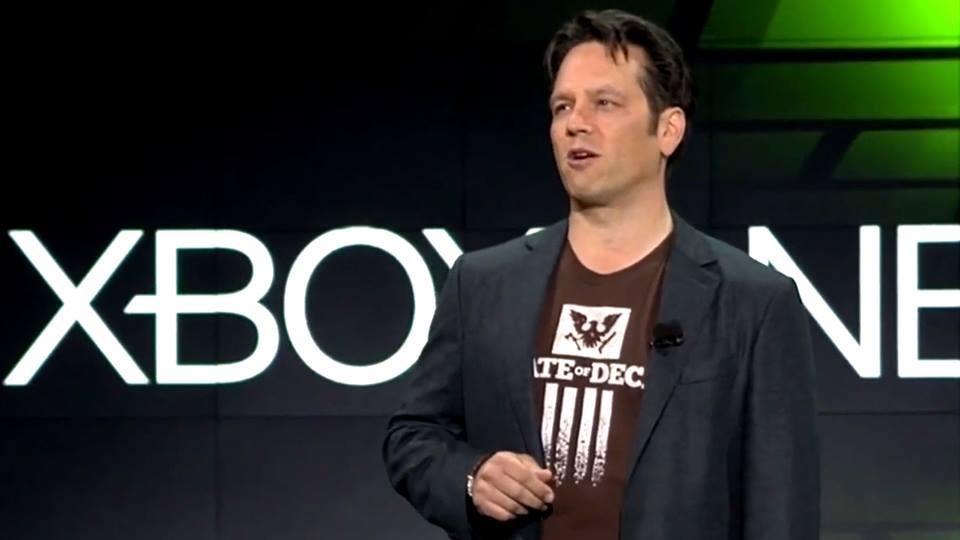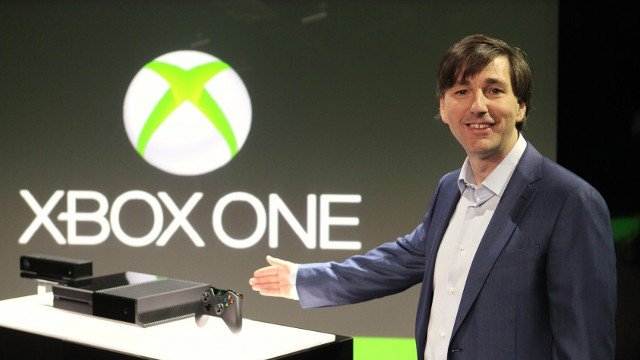The Xbox One was a ridiculous console at launch. Greeted with the kind of enthusiasm typically reserved for a new virus strain, Microsoft told us that we wanted a console that focused on allowing us to control our TV, to which everyone replied in unison: “No, actually, we don’t want that at all.”
The initial vision for the Xbox One was the product of a company that knew it wanted to make a home entertainment hub, though didn’t quite understand how to get there without alienating its core audience. The majority were more than willing to make the easy jump from the 360 to the One, but Microsoft’s overconfidence in making the Xbox One a Jack of all trades inevitably led to it being labeled as a master of none.
However, while there many, many things wrong with the Xbox One’s first pitch, in hindsight the console was ahead of its time in many respects. Few wanted a console that let us switch the channel over to the NBA by talking to a robot assistant, but now you can make your nan think a robot apocalypse is on its way by getting her to ask Alexa for today’s weather. Microsoft had the vague idea of utilizing the Xbox One as an entertainment-center-cum-personal-assistant down, though implemented it in such a way that it wasn’t useful enough to overshadow its weaknesses.

On the other hand, the PS4 was a no-frills video game console, and all Sony really had to do to succeed was position itself against everything the Xbox One stood for. Used games? The PS4 still allows ’em. Always online? Nope, you can play your games offline if you want. Mandatory inclusion of the Kinect? Pfft, who needs a motion-control camera when you have Knack?
Now Microsoft is paying the price for the Xbox One’s failure to launch. A recent article from Polygon, titled ‘The Xbox One has a serious exclusive games problem,’ highlights new Xbox head Phil Spencer’s struggles with meeting the 2-1 disparity between PS4 and Xbox One games.
The piece discusses how analysts and insiders are expecting Microsoft to make a big acquisition or two — more unrealistic names on the table include EA and Valve — in order to bolster the pool of development talent Microsoft has at its disposal. It is believed that as the Xbox One continues to fall behind, Microsoft fears that it will be perceived as a “secondary platform,” meaning that even in these presumed later stages of the Xbox One life cycle it needs to go out with a bang in order to keep the Xbox brand relevant.

Microsoft has found itself in this position as a result of prioritizing the wrong features at the wrong time. The Xbox 360 was first established as a games console, before eventually dipping its toes into the water with the Kinect. The player base was already there, the appearance of the Kinect wouldn’t prove to be off-putting to potential new buyers, and it could be ignored if you chose to do so.
On the other hand, the Xbox One went all-in on forcing its extra features down our throats from the outset, and now it’s having to worry about the games towards the end of its life cycle. Imagine if the Xbox One had decided to be a games console at first, then hooked us all in with its UHD Blu-rays, Cortana voice control, and 4K gaming? Instead, Microsoft did this in reverse, meaning that the Xbox One made strong efforts to become a set-top box before it had established that itself as a video game console.
Which brings us to the Xbox One’s current predicament. In its current state the Xbox One S, in particular, is fantastic value for money. Combining a UHD Blu-ray player with its OneGuide TV functionality, access to apps such as Kodi and the ability to integrate OTA using the Xbox One TV tuner, there’s a lot going on here before you even get to the games.
However, many understandably struggle to look beyond its lack of exclusives compared to the PS4, ensuring that it’s still being left in Sony’s dust. Now Microsoft has to play catch-up by courting publishers to its cause, at a time when the Nintendo Switch is also experiencing its meteoric rise to the top. Hopefully, Microsoft will manage to pull the Xbox One up off its knees, or at the very least will have learned an awful lot about its audience before working on the Xbox One 2.







